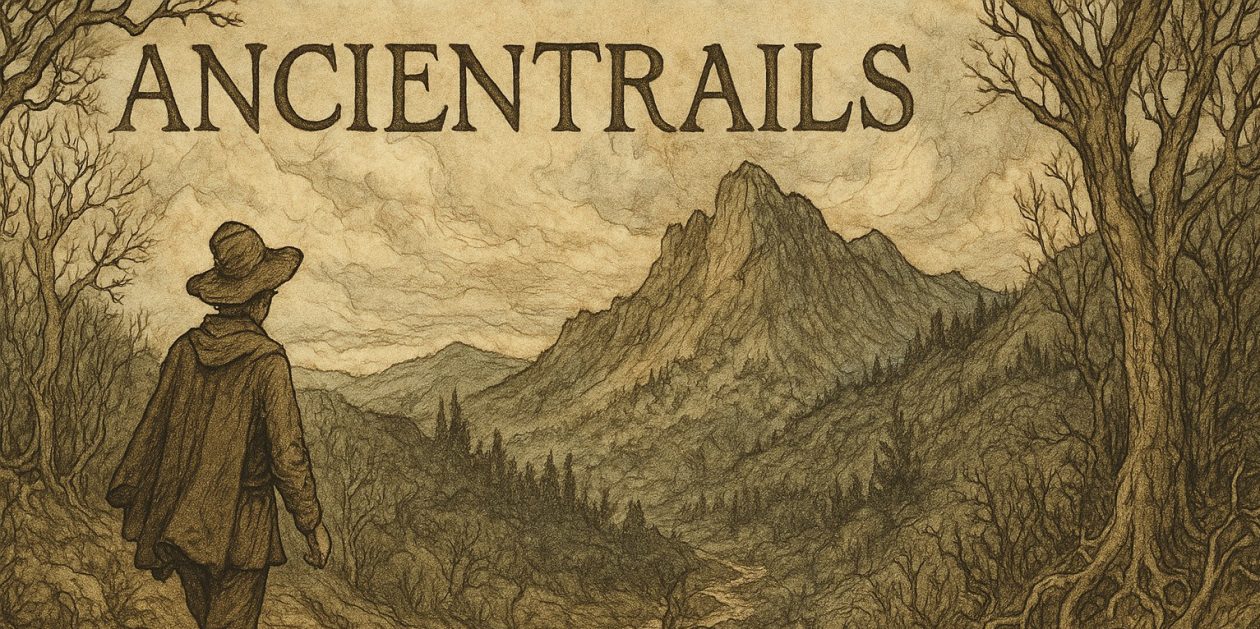Spring Bee Hiving Moon
Here is why I think the ironically evangelical atheists have it wrong.
Today is Good Friday (though I’m not clear how it ever got that name), the day Christians commemorate the crucifixion of Jesus, the carpenter from Nazareth. It’s also, this year, the first night of pesach, the night Jews celebrate the angel of death passing over the first born of Jewish households enslaved in Egypt.
No matter the metaphysics you claim, no matter the beliefs you hold, no matter the faith you embrace these are powerful, heart deep and deeper stories. They are narratives you can build a life upon. And millions, hundreds of millions have.
Take a working class man, a man who earns his living with his hands, let’s say a Toyota mechanic. Imagine him struck dumb one night with the power of love. So struck that he leaves the garage behind and goes forth into the countryside and into the cities claiming that before anything else we have to love one another.
Imagine, further, that he gets a following, a few at first, maybe 12, then a few more, Continue reading Narratives With Depth and Power
